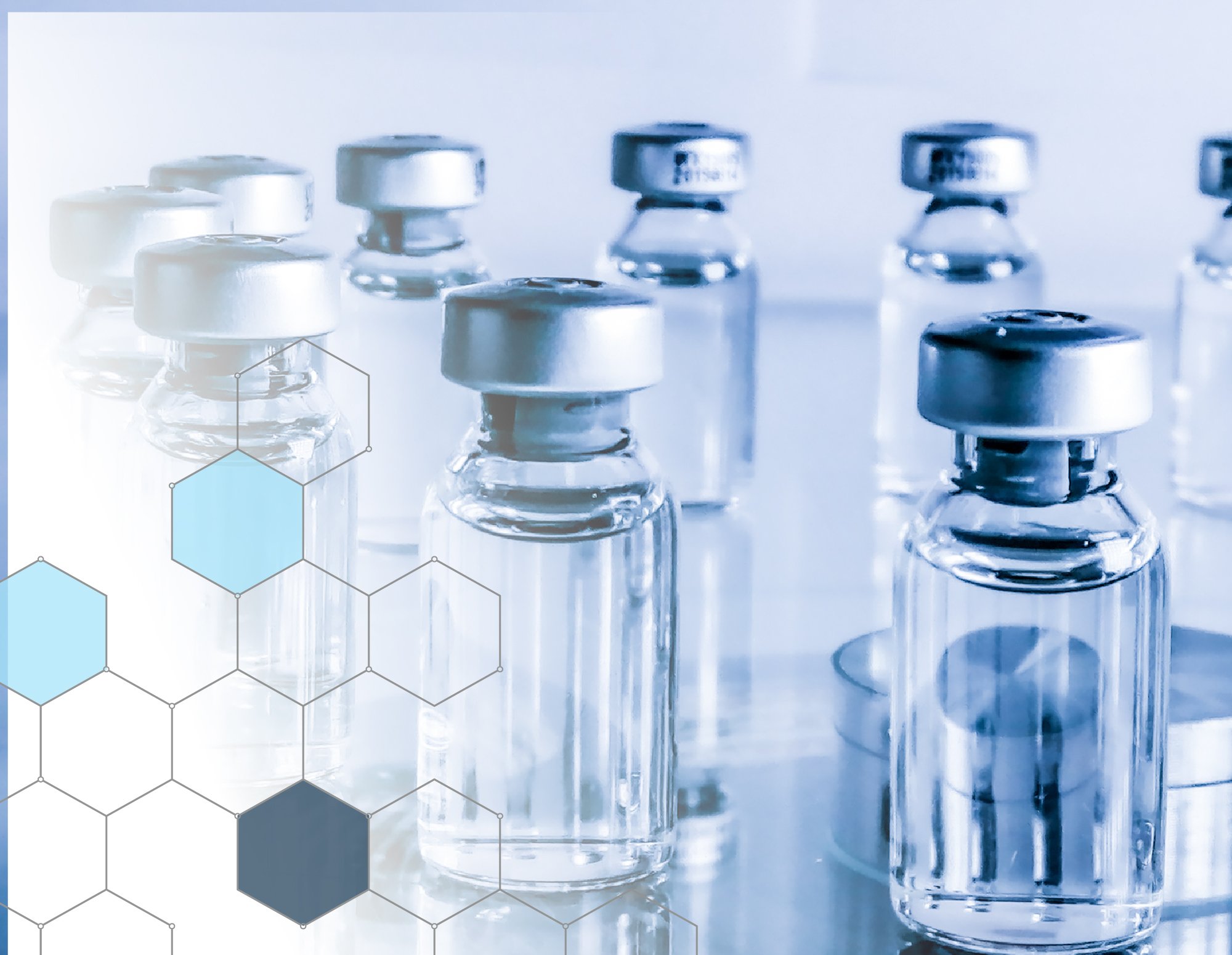The following is part of a series of posts detailing each of the five strategies to advance global COVID-19 vaccine equity – which rely on and benefit from a strong intellectual property ecosystem.
As the public and private sector continue to work together to find solutions to ensure global vaccine access, optimal production is crucial. Early in the COVID-19 pandemic, the biopharmaceutical industry began to expand their manufacturing capabilities at the same time they were researching and developing potential vaccines. Companies have established an unprecedented number of new manufacturing partnerships, creating a global network to produce vaccines at unprecedented speed.
Approximately 300 manufacturing and distribution agreements are in place around the globe enabling vaccine manufacturers to develop multiple COVID-19 vaccines and supporting the projected delivery of more than 4 billion doses by the end of July. Intellectual property protections have been key to facilitating partners to more easily share technology and information with qualified manufacturers to support scale up of vaccine manufacturing.
This impressive and collaborative effort was no easy feat—expanding COVID-19 vaccine manufacturing is highly complex and requires overcoming an array of barriers at each step of the production process. For example:
- Technological transfers, which are necessary for manufacturing collaborations between companies, require strict and lengthy regulatory steps, such as the validation of methods and certification of good manufacturing practices required by regulatory authorities. Industry, in partnership with global regulators, has sought every opportunity to expedite these regulatory steps during the pandemic, significantly shortening the typical 24-35 months required to successfully complete technology transfers between companies.
- Vaccine makers must identify manufacturing partners who can meet stringent quality control standards of global regulators and conduct necessary quality control testing at each step of the production process.
- Accessing raw materials and other supplies through a global network of suppliers to meet the unprecedented level of demand globally is complex given the number of components required. For example, one COVID-19 vaccine requires 280 components sourced from 86 suppliers in 19 different countries. Companies rely on the successful operation of each element of the supply chain to produce life-saving vaccine doses.
Companies have developed and produced vaccines at record-breaking rates, delivering doses across the globe. However, the need for increased vaccine access persists.
Unfortunately, some continue to focus on counterproductive policies, suggesting that innovators’ intellectual property (IP) rights should be waived. Such efforts fail to recognize that IP has not only not been a barrier to access but has enabled global access and an unprecedented level of collaboration among and between manufacturers are suppliers. Waiving IP rights would undermine the partnerships and supply chains that are the foundation for manufacturing on a global scale. Instead, leaders should prioritize addressing real barriers to optimal production. Vaccine manufacturers have and will continue to assess all options to safely and meaningfully expand their production. This includes industry’s recent partnership with the Coalition for Epidemic Preparedness Innovations (CEPI) and COVAX to launch a “marketplace” to match suppliers of critical inputs with vaccine manufacturers who urgently need them to produce vaccine doses for COVAX.
By bolstering manufacturing capabilities, the biopharmaceutical industry and its partners can further speed toward 11 billion doses produced by the end of 2021 and improve global access in a meaningful way.



